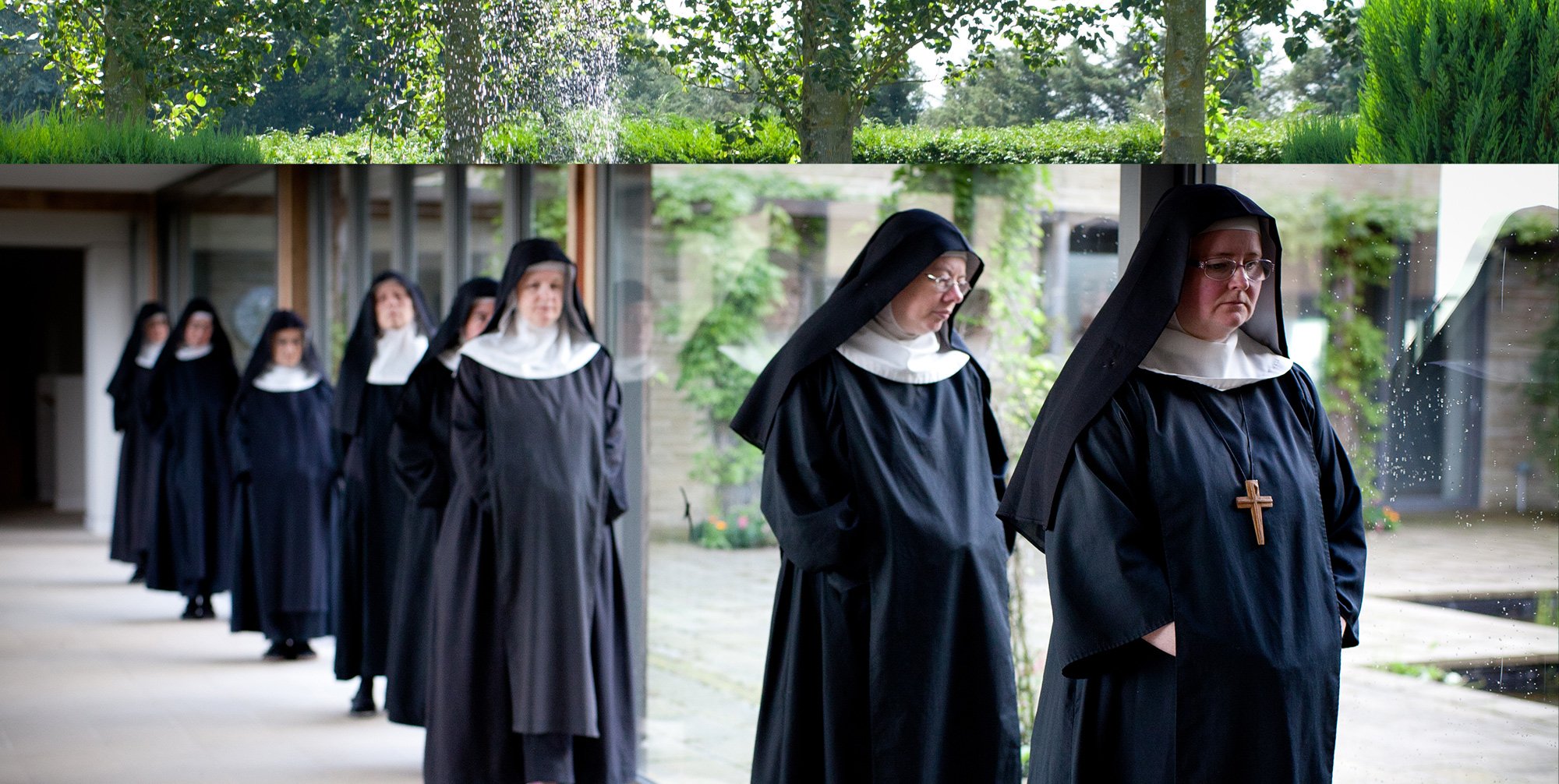

Lectio Divina
“WITH CHRIST’S HELP, THIS LITTLE RULE THAT WE HAVE WRITTEN FOR BEGINNERS”
St Jerome said that ‘ignorance of the Scriptures is ignorance of Christ.’ Monks and nuns are lovers of the Word. By spending time pondering scripture we grow into a relationship with Christ, the living Word. This is a characteristically Benedictine way of praying.
In our daily lectio divina we listen, meditate and respond to Christ speaking to us. Lectio is primarily an exercise in listening; we read slowly and attentively, waiting for Lord to speak to us through a word or phrase. Learning how to do Lectio can be tricky at the beginning, but our monks and nuns are always happy to help the “beginner”.
‘Your Word is a Lamp for my feet, and a light for my path.’ (Ps.119:105)
Mass
‘Do this in memory of me…’
The Eucharist makes the Church, the Body of Christ. It also “makes” the monastic community. Mass is a privileged time when we offer ourselves wholeheartedly to the Lord along with the gifts of bread and wine, and, by receiving him in Holy Communion, allow him to transform us too into the Body of Christ, just as surely as the gifts are transformed. St Benedict wanted all goods of the monastery to be treated as sacred vessels of the altar. The dignity in the way we behave and pray in church is echoed in the way we live out the rest of the day. Our daily celebration and reception of the Lord’s gift of himself sustains and shapes our monastic day and indeed our whole lives, both as individuals and as a community.

Divine Office
‘O Lord, open my lips and my mouth shall proclaim your praise.’ (Ps 50:17)
The principal work of a monk or nun is prayer and especially that of the Liturgy of the Hours (also known as the Divine Office). A community comes together six or seven times a day to pray the prayer of the Church, and consecrate the whole day to God. Liturgical prayer calls us to open our hearts to the Word of God as it is addressed to us in the Psalms and other inspired books of Scripture, and in the writings of the Fathers of the Church.
As a student in Rome, St. Benedict of Nursia (480-550) left to become a monk and abbot of his monastery at Monte Cassino. Here he wrote his Rule for Monks, famous for its wisdom and moderation. It became the most important monastic rule in western Europe, and St.Benedict is therefore called the Patriarch of Western Monasticism.
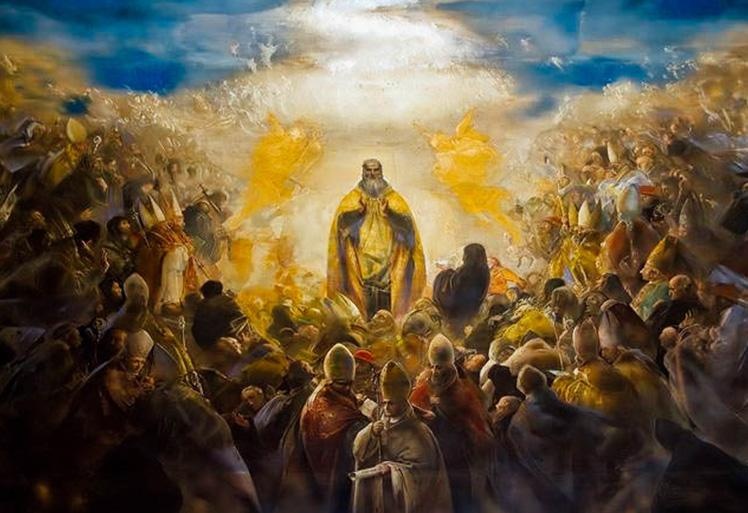 The Glory of St. Benedict mural by Pietro Annigoni, at Montecassino
The Glory of St. Benedict mural by Pietro Annigoni, at Montecassino
After the Roman monk, St. Augustine of Canterbury, landed in Kent in 597, Benedictine monasteries were established throughout England. They enjoyed the patronage of the English crown and became important centres of social welfare, education, and the arts. Many of England's most magnificent cathedrals and churches were English Benedictine foundations.
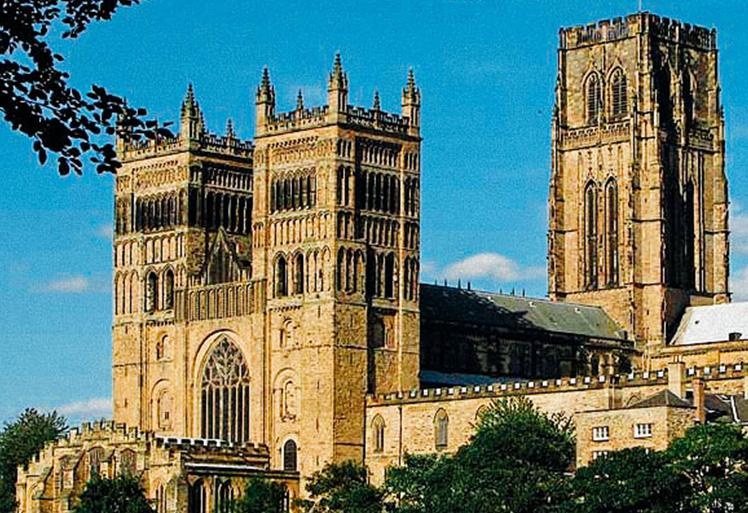 Durham Cathedral
Durham Cathedral
 Bust reliquary of St.Ambrose Barlow OSB, martyr
Bust reliquary of St.Ambrose Barlow OSB, martyr
The English Benedictine Congregation was unusual in that it founded two female monasteries within the Congregation, Cambrai (1623), and Paris (1651). In both, the nuns were enclosed, but one of their principal tasks was to pray for the their monk missionary brothers. Their life allowed them to develop a spirit of contemplative and mystical prayer.
 Dame Catherine Gascoigne
Dame Catherine Gascoigne
The English Benedictines in the more tolerant eighteenth century expanded their social contacts and their interests. They became interested in literature and the new sciences of the Enlightenment. But the suppression of all the religious orders during the French Revolution, 1789-94, saw the English monks and nuns first imprisoned and then forced to flee back to England.
 Charles Walmesley OSB, On action in beasts, 1751
Charles Walmesley OSB, On action in beasts, 1751
The monks took advantage of the new freedom stemming from Catholic Emancipation (1829). They established missions (parishes) in the developing industrial centres where Catholics were numerous because of Irish immigration. Benedictine bishops and priests founded schools, built grander churches and encouraged close-knit congregations. The monasteries themselves were able to return to a more stable community life
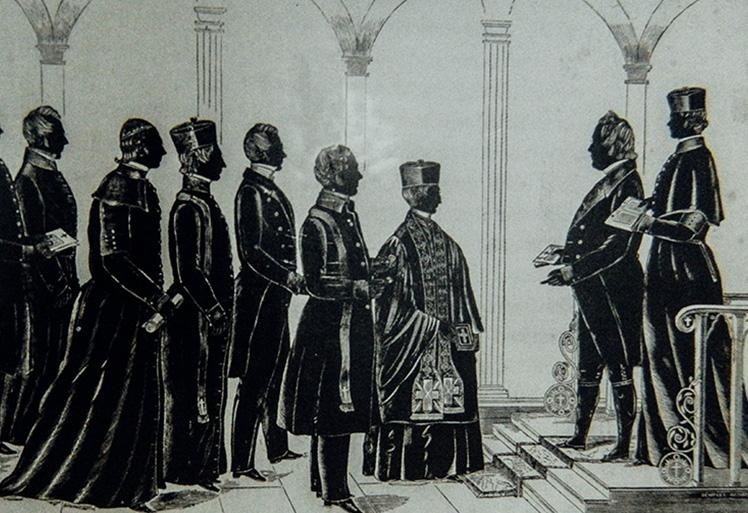 The Liverpool Martyrs of Charity, 1847
The Liverpool Martyrs of Charity, 1847
In the 19th-century, English Benedictines became missionaries overseas. An English Benedictine bishop installed in Mauritius looked after an area called 'Oceania' stretching from the Cape of Good Hope to Western Australia. English monks and nuns were particularly influential in Australia where they built churches and schools and cared for the local inhabitants many of whom were ex-convicts.
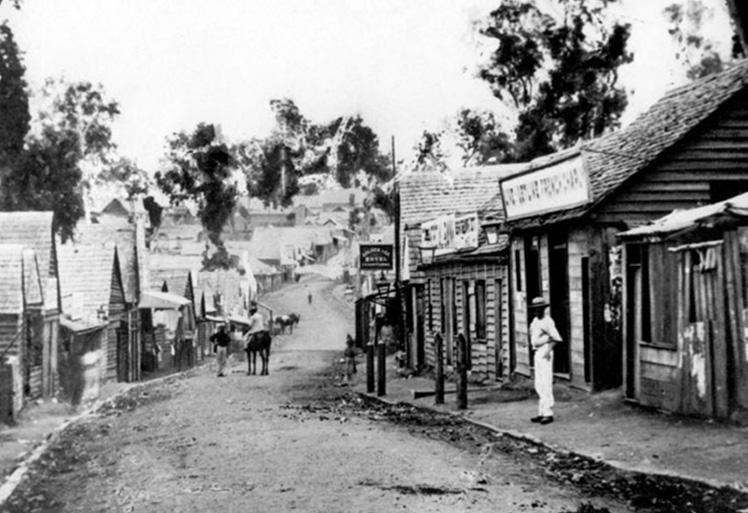 Gimpie, Australia, 1868
Gimpie, Australia, 1868
The monasteries have run schools for centuries, and many vocations have come from them. During the 20th century, the schools grew, but by 2000 some of the smaller schools had closed, while others had become co-educational, with monks acting as chaplains. Many Benedictine students have played a major part in English and Welsh society.
 Ampleforth College
Ampleforth College
The Benedictines expanded through the early 20th century, founding new monasteries and developing new apostolates. By 1970 novices became fewer and the monasteries had to adapt to changed circumstances. The Congregation continued to enjoy, however, a national reputation which was exemplified in the appointment of Abbot Basil Hume as Archbishop of Westminster in 1976. Cardinal Basil died in 1999.
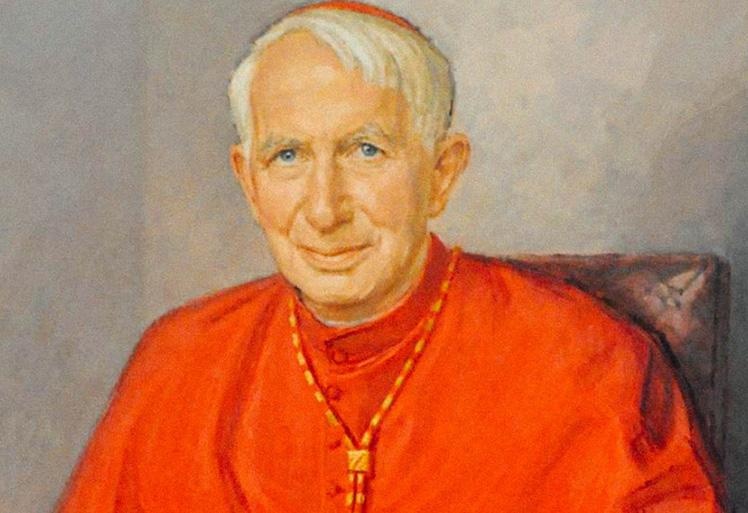 Cardinal Basil Hume
Cardinal Basil Hume
Peru – 1981
In Peru there are two small monasteries of Benedictine monks, one in Chuchito-Puno, with a small house in Naña-Lima and another in Pachacámac-Lima. Also Benedictine sisters in Piura in Sechura and Morropón.
The Benedictine monks of the Monastery of La Encarnación, who have lived in the Tambogrande-Piura area since 1981; Now since 2006 are in the Diocese of Lurín, less than an hour, 30 miles south of Lima. Formerly home to a community of Cistercian nuns and a foundation of the famous Abbey of Las Huelgas in Spain.
Zimbabwe - 1992
The founding of the Monastery of Christ the Word in Zimbabwe. Following a conference of Southern African Benedictines held in Zimbabwe at Chishawasha seminary in 1992 where the possibility of having Benedictine monks in Zimbabwe was raised.
The Zimbabwean Bishops invited the monastery of Ampleforth in the North of England to found a monastery in Zimbabwe. The neighbouring Precious Blood sisters offered a two-story building in their grounds at Monte Cassino mission near Macheke as an initial location and thus the Monastery of Christ the Word was founded.
20th Century